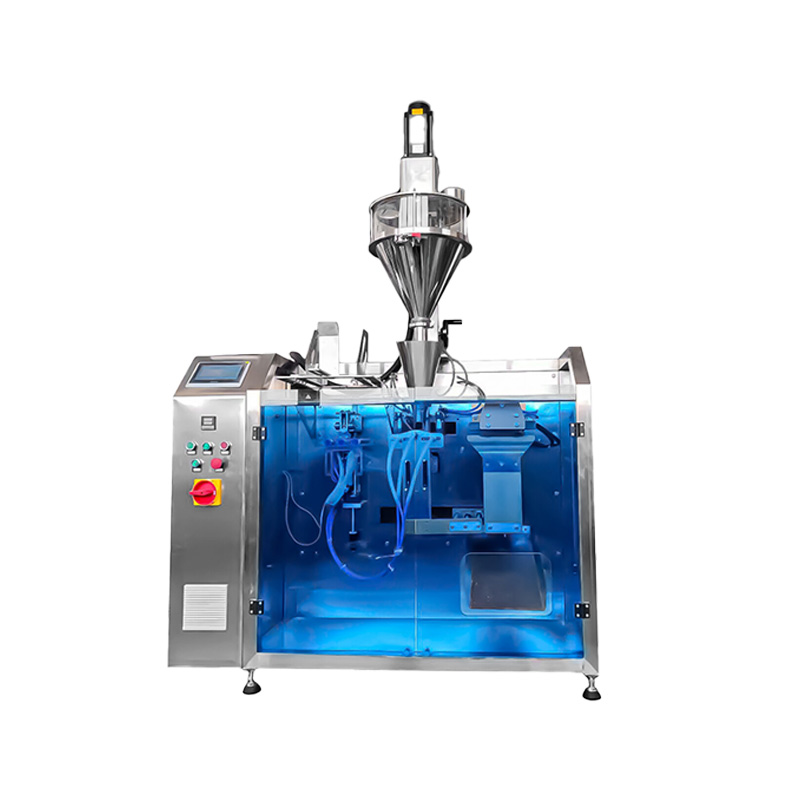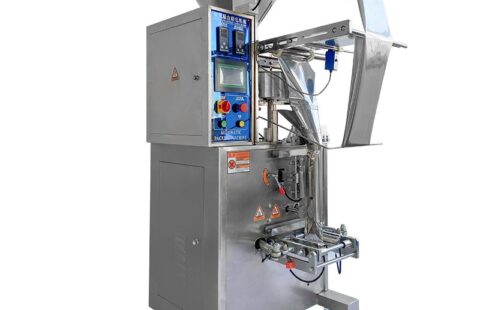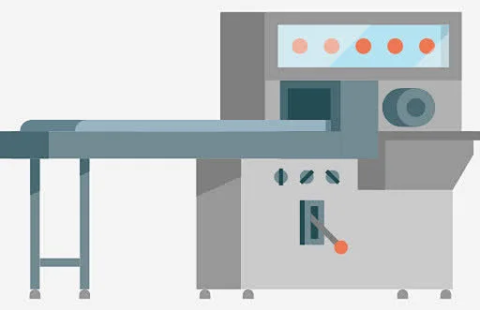
Bag Packaging Machines: Engineering Efficiency in Modern Manufacturing
In an era defined by mass production, bag packaging machines have become the backbone of global supply chains. These systems blend precision engineering with automation to deliver speed, reliability, and adaptability across industries.
Historical Development
The concept of automated packaging emerged in the early 20th century. Initial designs used mechanical levers for basic filling tasks. Post-World War II advancements introduced programmable logic controllers (PLCs). By the 1980s, vertical form-fill-seal (VFFS) machines revolutionized the industry. Today’s models integrate AI and IoT for smarter operations.
Core Operational Principles
Bag packaging machines follow a four-stage cycle:
- Material Feeding: Rolls of film or pre-made pouches load into the system.
- Formation: Pneumatic arms shape flat material into tubes or compartments.
- Filling: Multi-head weighers or auger dispensers portion products within ±0.5% accuracy.
- Sealing: Heat bars or ultrasonic welders create tamper-proof closures at 150–200°C.
Advanced sensors monitor each phase, triggering automatic adjustments for optimal performance.
Technical Innovations Driving Performance
1. Precision Dosing Systems
Modern fillers use load cells and laser scanners to measure products. For powders, vacuum-assisted nozzles prevent spillage. Liquid fillers employ peristaltic pumps for sterile transfers. A snack food factory in Germany reported a 30% waste reduction after upgrading to gravimetric fillers.
2. Adaptive Material Handling
Servo motors now replace traditional gearboxes, enabling micro-adjustments to bag sizes. One machine can switch between 50g tea sachets and 25kg fertilizer bags in under 3 minutes.
3. Smart Sealing Technologies
Hybrid sealing jaws combine conduction heating and air cooling. This reduces cycle times while preventing film warping. Pharmaceutical companies use cold-seal adhesives for heat-sensitive vaccines.
4. Sustainability Integration
Recyclable mono-material films like polypropylene dominate newer systems. Nestlé’s 2025 initiative uses 40% thinner packaging without compromising barrier properties.
Industry-Specific Applications
Food & Beverage
- Snacks: Nitrogen-flushing preserves crispness in chip bags.
- Coffee: One-way degassing valves extend shelf life.
- Frozen Goods: Anti-fog films maintain visibility at -18°C.
Pharmaceuticals
- Blister packs for tablets use child-resistant zippers.
- Lyophilized drugs require moisture-proof aluminum foil seals.
Agriculture
- Seed bags incorporate UV-blocking layers.
- Fertilizer packaging includes traceability QR codes.
Electronics
- Anti-static films protect circuit boards.
- Desiccant pouches control humidity during shipping.
Economic and Operational Benefits
-
Labor Optimization
A single machine replaces 8–10 manual workers. Tyson Foods cut packaging labor costs by 62% after automating 15 production lines. -
Output Scalability
High-speed VFFS machines produce 400 bags/hour for snacks. Premade pouch systems handle 200 units/minute for cosmetics. -
Quality Assurance
Vision systems inspect 100% of seals at 0.1mm resolution. Metal detectors screen contaminants with 0.3mm sensitivity. -
Regulatory Compliance
Built-in checkweighers ensure FDA/EU weight regulations are met. Audit trails document batch data for ISO certifications.
Challenges and Mitigation Strategies
Material Limitations
- Sticky products (e.g., honey) require Teflon-coated hoppers.
- Sharp-edged items like screws need abrasion-resistant films.
Environmental Factors
- Humidity-controlled chambers prevent clumping in sugar packaging.
- Dust extraction systems maintain hygiene in flour mills.
Maintenance Demands
- Daily cleaning of filling nozzles prevents cross-contamination.
- Predictive maintenance software alerts teams about worn belts 72 hours in advance.
Sustainability Breakthroughs
- Material Science
- Compostable PLA films decompose in 12 weeks.
- Edible seaweed pouches eliminate plastic waste.
- Energy Efficiency
- Regenerative drives recycle braking energy from conveyor belts.
- Solar-powered machines operate in off-grid farming regions.
- Circular Systems
- Reusable bulk bags reduce single-use packaging by 90%.
- Chemical giant BASF uses blockchain to track film recycling.
The Future of Bag Packaging
-
AI-Driven Customization
Machine learning algorithms will adjust parameters for niche products. A chocolate startup in Belgium already uses this for limited-edition packaging. -
Hyperconnected Factories
5G-enabled machines will share real-time data with ERP systems. This enables dynamic material reordering and defect pattern analysis. -
Robotic Collaboration
Mobile robots will auto-replenish film rolls and remove finished pallets. ABB’s YuMi robot prototype reduces human intervention in hazardous environments. -
Zero-Waste Goals
Water-based inks and laser-etched labels will replace non-recyclable adhesives. Unilever plans 100% reusable packaging by 2030 using such technologies.




